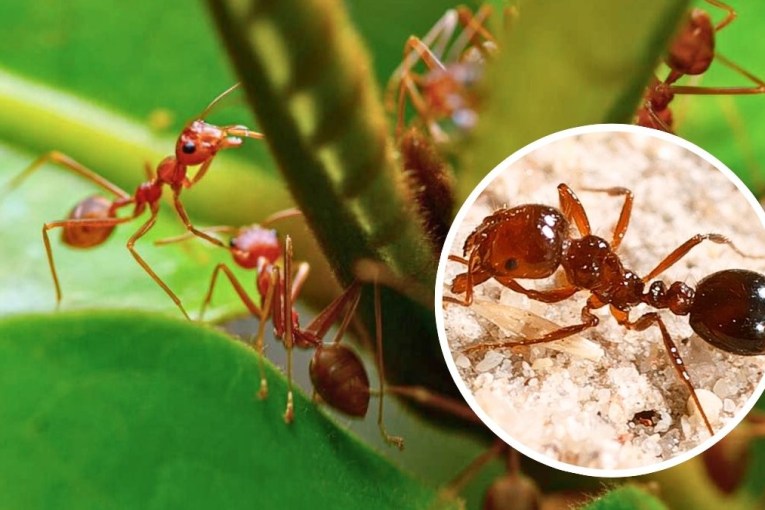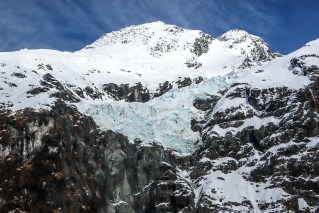Pretty bad news: Pink glaciers are appearing in the Italian Alps

Pink ice has begun appearing in the Italian Alps. It may sound pretty, but it’s actually a grim environmental sign, scientists say.
The hue has been noticed in the Presena glacier in the north of the country, and is caused by an algae.
Nicknamed “watermelon snow”, it’s common in the Alps in spring and summer but is far more pronounced this year, and that’s what has scientists concerned.
The algae is typically found in Greenland’s Dark Zone, Italian National Research Council scientist Biagio di Mauro said. It thrives on environments of low snowfall and high atmospheric temperatures.
- Related: Why Australia’s flamingos died out
“The algae is not dangerous,” Dr di Mauro said. “It’s a natural phenomenon that occurs during the spring and summer periods in the middle latitudes, but also at the Poles.”
Its prevalence is contributing to the glacier’s melt.
#Snow #algae sampling at Presena #glacier
📷: @22n23 pic.twitter.com/DtmkaAgElR— Biagio Di Mauro (@DiMauro_b) July 6, 2020
How? Because usually, ice reflects more than 80 per cent of the sun’s radiation. But in this case, there’s algae blocking that reflection, causing the ice to absorb more heat and melt quicker.
“It is for sure bad for the glacier,” Dr di Mauro told CNN.
He said there was no proven link between the algae and climate change.
“Here we’re trying to quantify the effect of other phenomena, besides the human one, on the overheating of the Earth,” he said.
“There are more natural phenomena, such as algae, but we can also link melting with the presence of humans at these altitudes, with the ski lifts and hiking.”
He plans to study the glacier and algae further, using satellite imaging to map its spread.








